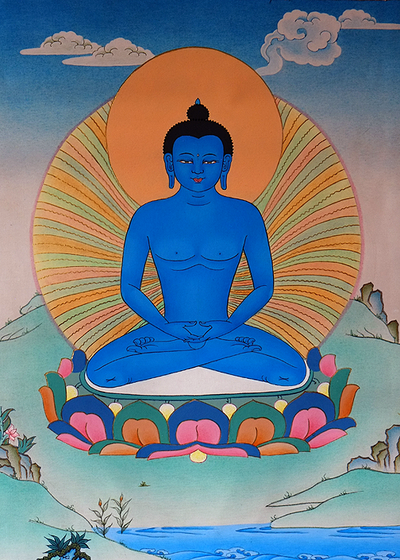དམ་པའི་དོན་ནི་འཇིགས་པ་མེད།།
Tashi Deleg! Greetings and Welcome!
|
We are a group of Columbia University students, researchers, alumni, and friends, devoted to the practice and study of Tibetan Buddhism. We follow the teachings and practices of the ancient translation school of Nyingmapa. Our practice and study is based mainly on the Palyul Nyingma Lineage, as well as other Tibetan Buddhist traditions. These are our sources for transmission and instruction.
|
